Why Do Almost All Cell Phones "Fail" to Achieve The Claimed Power of Fast Charging? | ZONSAN
Claimed power value and actual charging power value
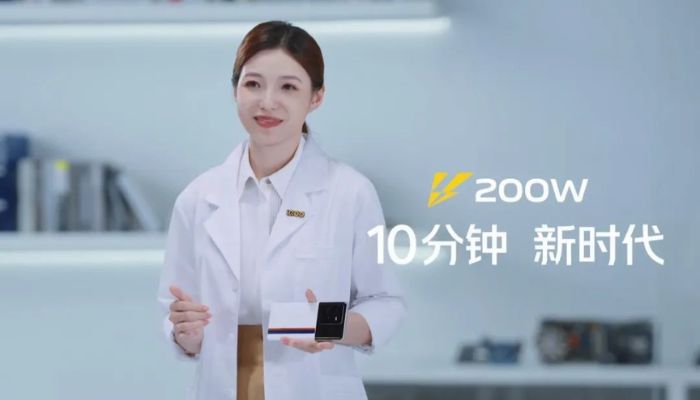
First of all, let's look at the fast charging power logo are how, here we have selected the largest mass-produced cell phone charging power iQOO 10 Pro for example. iQOO 10 Pro equipped with 200W fast charging, manufacturers use 20V * 10A = 200W logo for power naming to promote.
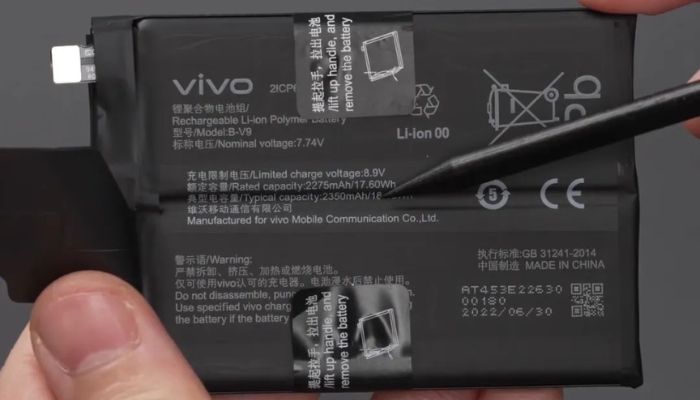
The iQOO 10 Pro has a double string high energy density battery pack with a full charge voltage of 8.9V and a voltage plateau of 7.74V. That is, a single battery with a full charge voltage of 4.45V and a voltage plateau of 3.87V.
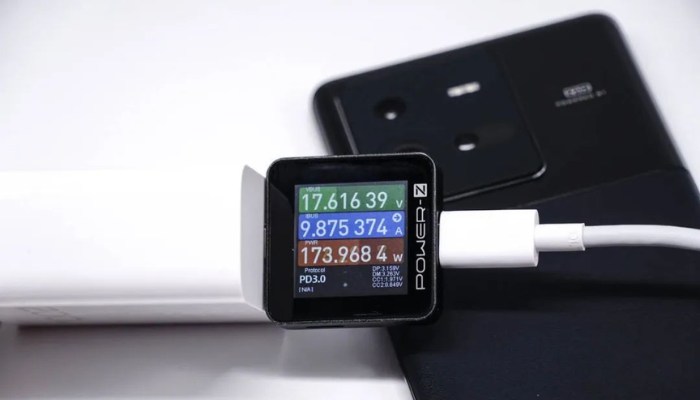
The iQOO 10 Pro charging power measured by ZONSAN, POWER-Z connected to the charger output, recorded a power of 17.61V 9.87A 173.96W.
The main data has been collected and the iQOO 10 Pro has a manufacturer's claim of 200W, calibrated using 20V * 10A. The actual charging power is 17.61V * 9.87A = 173.96W, with two battery packs and a voltage value of 8.9V.
Voltage difference between charger output voltage and battery voltage
When charging electronic products, the closer the input voltage is to the current voltage of the battery, then the higher the efficiency and the less heat will be generated, generally speaking, the input voltage is only a little higher than the battery voltage is the best.
Around 2012, when most of the cell phones on the market used fixed-voltage QC2.0 fast charging, even if the power was only 18W, the heat generation was very impressive, even up to 50 degrees. Because at that time there was no charge pump voltage divider technology, QC2.0 fixed voltage 9V into the phone, and the battery voltage there is too much pressure difference, all converted into heat.
So Qualcomm then released QC3.0, compared to QC2.0, increased the voltage regulation function, the phone can be based on the battery voltage and charging conditions, through the D + D- wire core to send signals to the charger, to 0.2V as a unit of voltage regulation, to reduce the pressure difference to reduce the purpose of heat generation.
Nowadays, we have entered the era of USB PD fast charging, and most Android devices use high-power fast charging based on PPS development, whose supporting chargers are "smart" chargers. The charger is not a fixed voltage output, but the phone first get the current voltage value of the battery, according to demand through the CC core to the charger voltage regulation command, the principle is close to QC3.0, the difference is that the control tends to intelligent digital, voltage adjustment range is also fine to 0.02V.
Let's take a look at the iQOO 10 Pro 200W fast charger, if the charger charges the phone according to the official 20V10A power specification, the voltage will undoubtedly be too high, and the extra part will be converted into high heat, which is quite unfavorable. The actual charging voltage value of 17.61V recorded into the phone through the charge pump voltage division into 8.8V, which is very close to the voltage of 8.9V fully charged dual-string battery, which is very efficient.
Why do not manufacturers use the actual charging power value to promote?
We know that the voltage value of the battery is not fixed, the voltage of the phone battery is generally around 3.3V when it is depleted, and the voltage value is generally around 4.4V when fully charged. As mentioned above, the phone will coordinate the output voltage with the charger according to the battery voltage and charging conditions, then this causes the phone to be plugged into the charger at different remaining power levels, the power will be different.
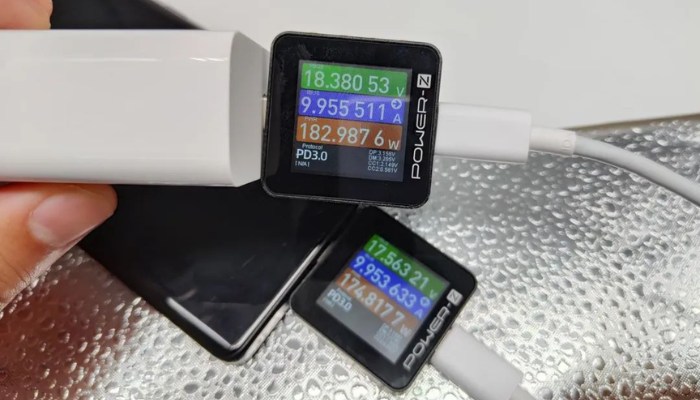
In addition, the data line in the transmission of power, will also produce voltage loss, that is, the voltage drop, the charger output power after the data line into the phone, the voltage will drop, here the string of two ammeters for detection, you can see the charger end voltage value 18.38V, the phone end voltage value down to 17.56V, which is the data line voltage drop. Data line new and old light, after frequent use of the contact wear will lead to different voltage drop.
In addition, the two ammeters are connected in series in the external power transmission link, the phone senses the increased link resistance, so it also sends a higher voltage demand to the charger, which also results in a higher charging power.
What are the claimed power and actual power of other phone brands?
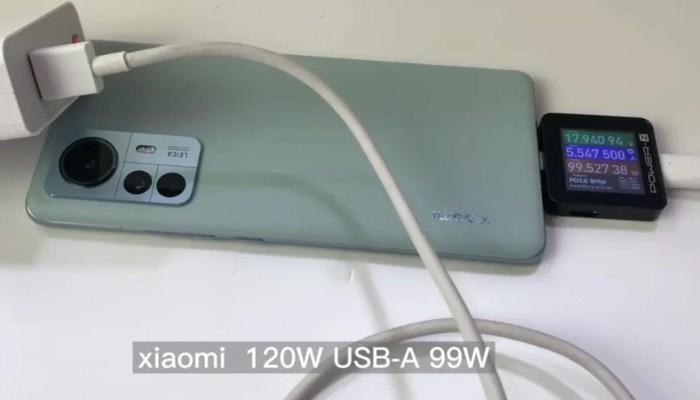
Xiaomi 12S Pro has a claimed power value of 120W and actual charging power value of 17.94V 5.54A 99.52W.
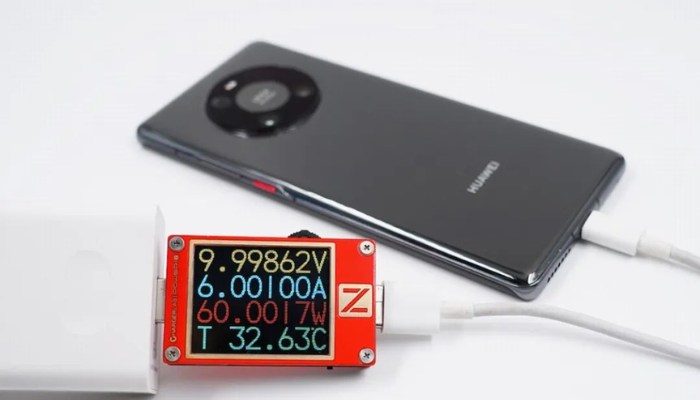
Huawei mate 40 Pro claimed power value 66W, actual charging power value 9.99V 6A 60W.
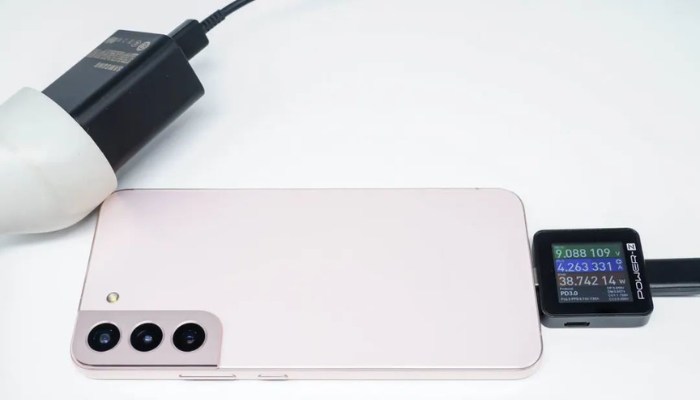
Samsung S22+ manufacturer claimed power value 45W, actual charging power value 9.08V 4.26A 38.74W.
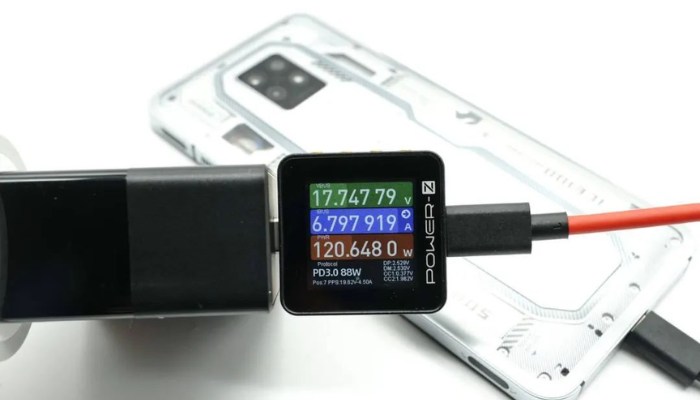
The iPhone 13 Pro Max manufacturer did not mark the fast charging power, but only recommended the use of "20W or more" charger, the actual charging power value 9.01V 2.92A 26.39W.
The above conclusion shows that there is indeed a difference between the claimed power and the actual charging power of most cell phones, and this situation exists objectively.
ZONSAN summary
Through the analysis know that the voltage required to charge the phone is best close to the current voltage of the battery, so that the highest efficiency, to avoid excessive pressure difference caused by serious heat. The actual power will fluctuate with the power saturation, device temperature, cable new and old, which also makes it difficult to use the actual charging power value for promotion, manufacturers use the charger voltage gear * current value = power now can also be understood and accepted.
The actual charging power of most cell phones on the market is close to the claimed power value after the consumer gets it in hand, and users can also calculate for themselves what the actual charging power is. 20V voltage system can take 17.8V, 11V voltage system can take 8.9V, then multiply by the current value to know the actual charging power.
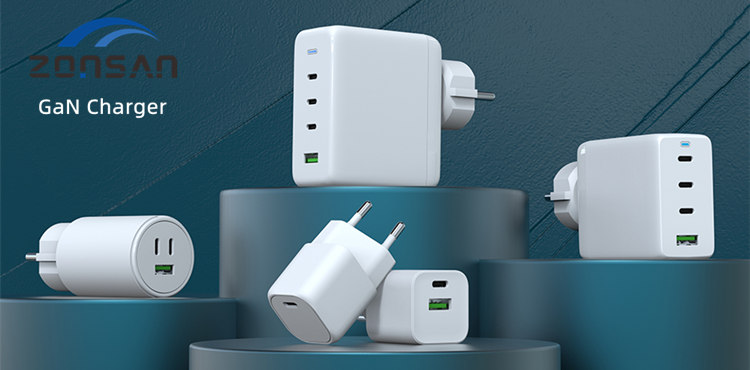
OEM Phone Charger Recommendation
The Advantage of ZONSAN's charger product:
1. overcurrent protection
2. input overvoltage protection
3. outut overvoltage protection
4. short circuit protection
5. overcharging protection
6. temperature protection
The Advantage of ZONSAN's charger product:
1. overcurrent protection
2. input overvoltage protection
3. outut overvoltage protection
4. short circuit protection
5. overcharging protection
6. temperature protection

Read More

Read More

Read More